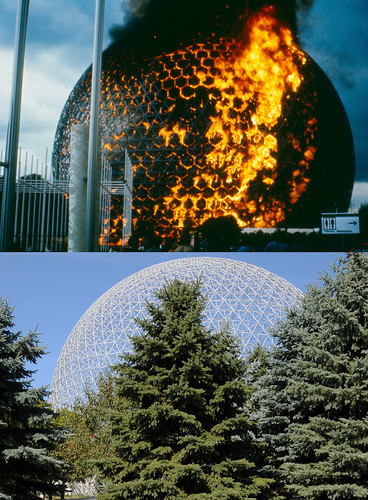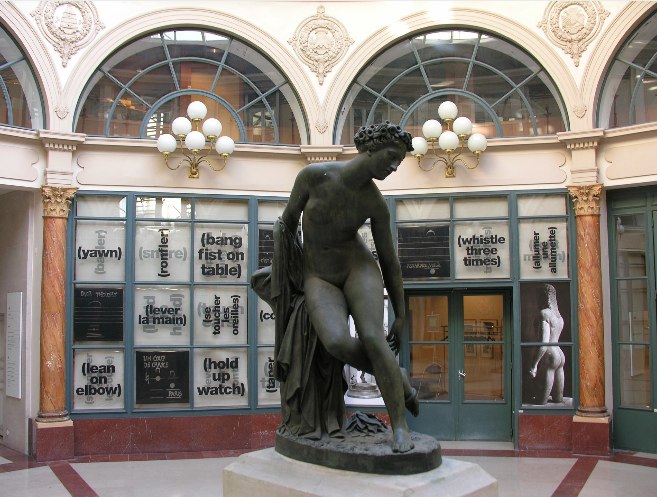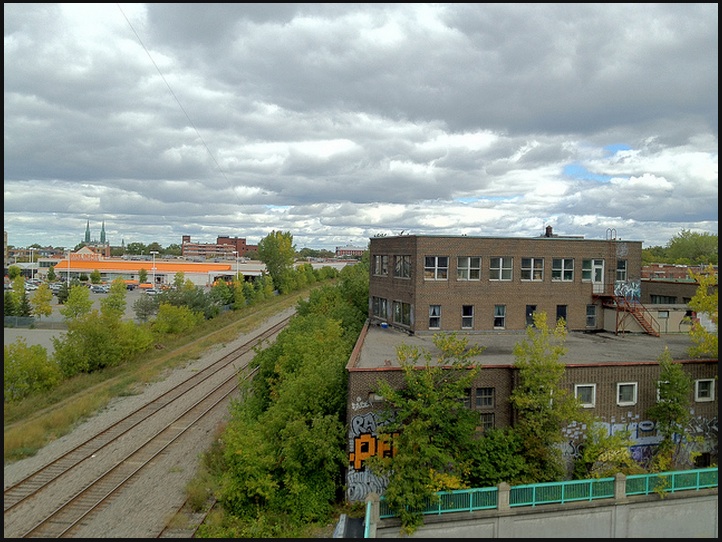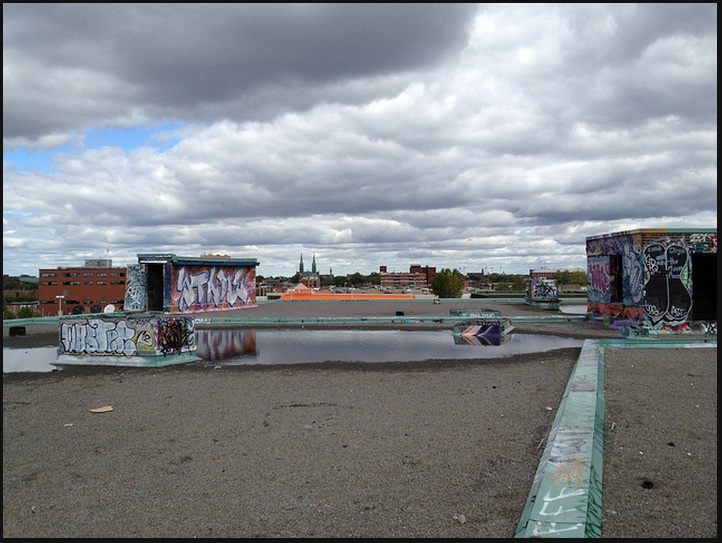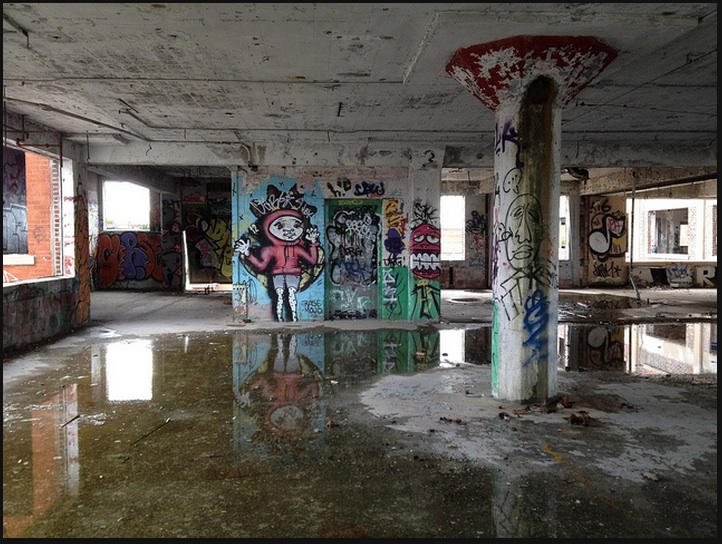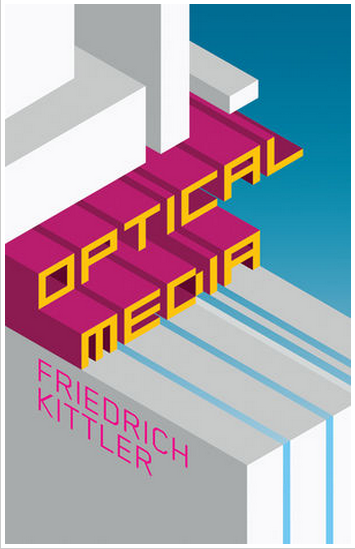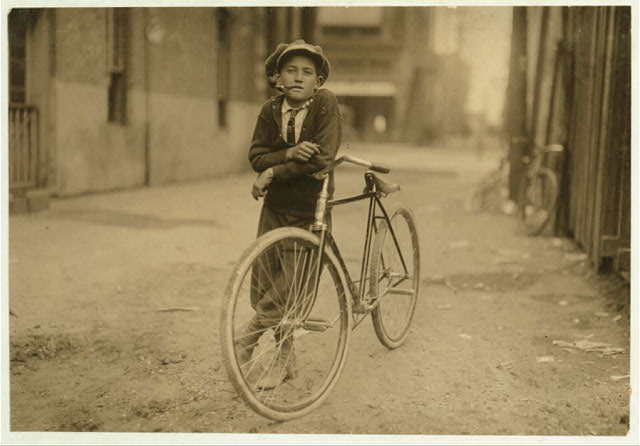The above image is not a computer graphic. The Biosphère, designed by Buckminister Fuller and Cambridge Seven Associates and built for Expo 67 in acrylic and steel, burst into flames while it was being renovated in 1976. The fire was triggered during welding work on the frame and the acrylic shell was consumed by flames in about thirty minutes. No one was killed in the accident, though there may have been some injuries. Not surprisingly, the fire has reportedly [1] made it easier to climb the structure, though I have not verified this myself.
Here’s a presentation by Cambridge Seven Associates. A cool feature of the pavilion was that the Expo monorail train route passed through the sphere. I recall feeling excited by the building but being disappointed by the somewhat vague exhibition inside. For example, you couldn’t walk on the simulated lunar landscape – pretty frustrating for a five year old.
[1] http://spacingmontreal.ca/2009/01/31/photo-du-jour-biosphere-burning/ (see comments)

